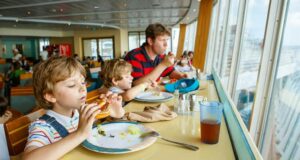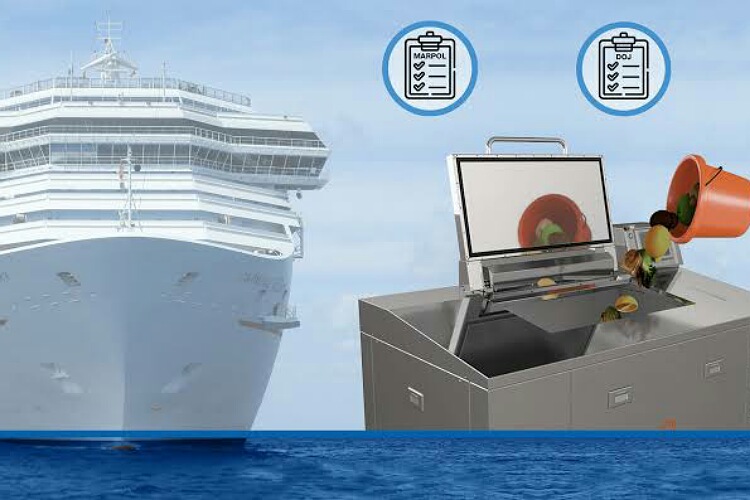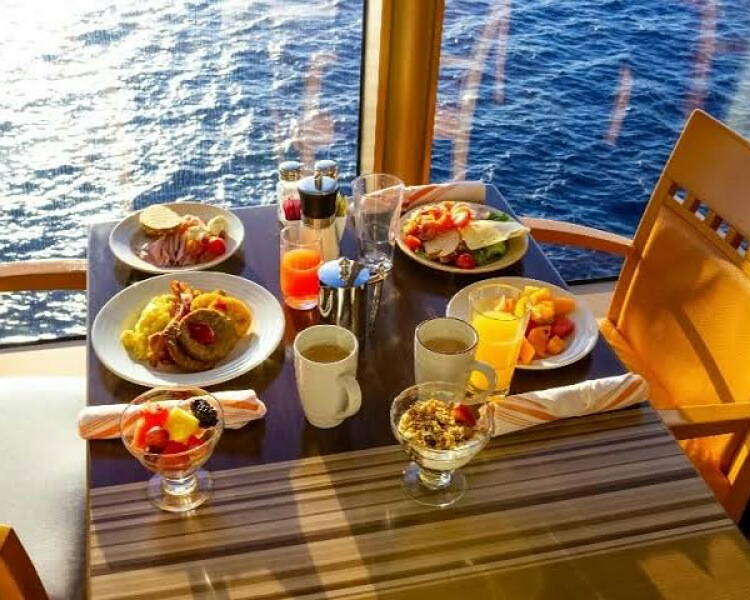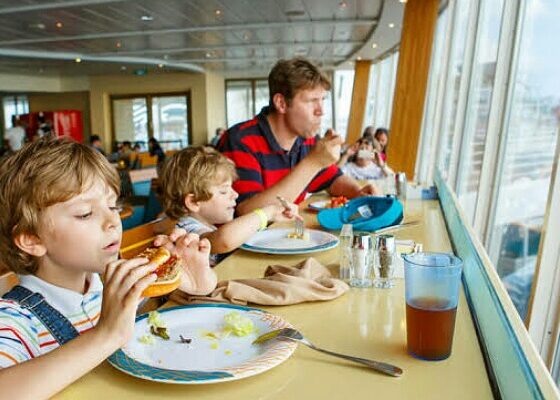Everyone enjoys cruise trips. They give you ultimate amenities and luxuries. Foods served are awesome and ample. But there is also a lot of food waste. What happens to this waste? How to tackle it sustainably? Cruise lines are working on ways to reduce and handle the waste in an eco-friendly way.
The cruise trips and food waste
Cruise trips are popular and people enjoy it. It gives you a few weeks of happiness on the high oceans. And you do not miss your favorite foods since the cruise lines provide you with a hearty and wholesome meals-mostly as buffets.
But this also implies that a lot of food waste is generated. So what do these cruise lines do with the food waste? In order to have a sustainable travel, food waste should be lessened! What steps are being taken by these companies to lessen the carbon footprint?

Carnival Corporation and its new measures to reduce food waste
Carnival Corporation is a company that operates cruise ships. Its operative brands are Holland America, Princess Cruises, Carnival Cruise Line and others. A company spokesperson revealed that they generate around 0.5 to 1.3 pounds of food waste per person on their cruise journeys. This is significant.
But the company has installed around 600 biodigesters or dehydrators on its various cruise ships. The dehydrators squeeze the water out of the leftover foods and lessen the volume for landfills, compost, or waste-to-energy production. Alternatively, they offload the waste when they reach shores. Bill Burke, the company’s chief maritime officer states:
“And that was good, but not necessarily good enough,”

Bill admitted:
“That’s a significant carbon issue if we’re buying food that we’re not using,”
And the biodigesters are beneficial in converting solid waste into liquid. It digests most of the organic matter. These machines have microorganisms and bacteria that rapidly process food waste. This is similar to the human digestive system. Bob Joyce, company’s director of technology operations says:
“The way we tend to describe it is just basically as a metal stomach,”
Salads and steaks emerge out as a smoothie like mixture that they can then discharge as effluent. Bob adds:
“If you can eat it, it can eat it,”
The three pronged approach
The company analyzed the food from the point it is purchased to after the guests leave it uneaten. They try to see what were the leftovers, whether they could be used in other recipes and if one can cut back on them. And their report on sustainability states that they have decreased the food waste per person by 30% between 2019 to 2022. By 2030, their aim is to reduce it further by 50%.
Moreover, they have reduced single use plastics. For example, instead of yoghurt cups they order now bulk containers of yoghurt.

Another cruise line, Royal Caribbean International has tried to determine the point of sale purchase by linking food purchased with guest demographics and itinerary. Linken D’Souza, the company’s vice President on foods and beverages says:
“(If) we have 10% more kids, we know we’re going to need significantly more chicken fingers,”
Their proactivity helps them minimize the food waste. Besides the ships making efforts, it is the duty of every individual to try to reduce food waste. They should order and put onto their plate only the amount they know they can eat. Avoid leftovers for ships to handle.
